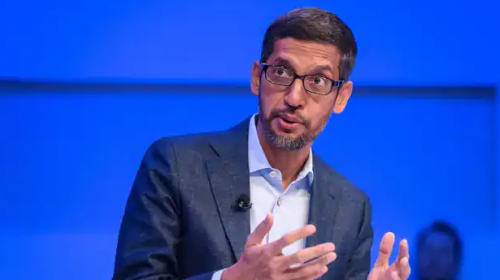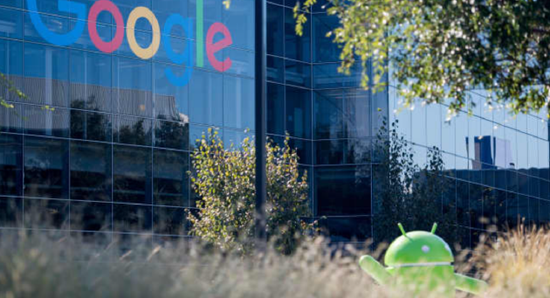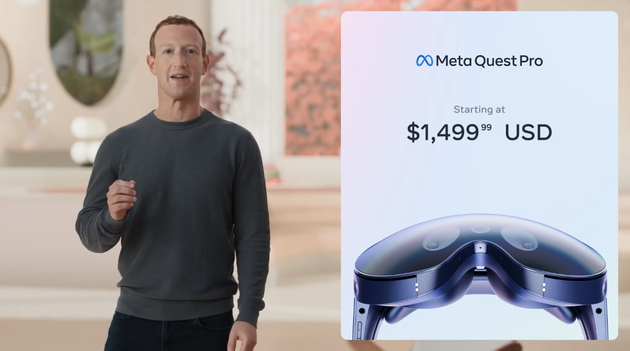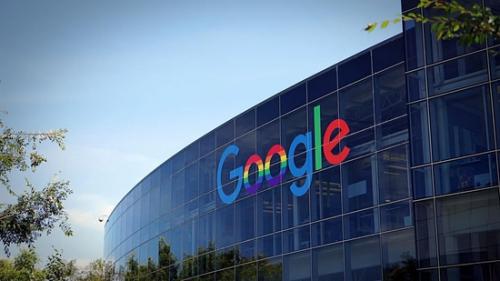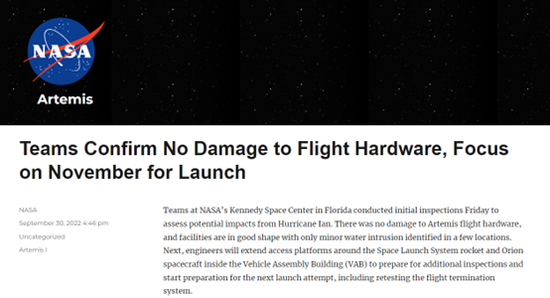your current location is:Home > Finance > depthHomedepth
Smart man, Tesla is calling you to work
When Elon Musk presents you with what may be the most enticing job opportunity in the world, what choice will you make?
Without hesitation, set off on board to join the process of accelerating the world's transition to sustainable energy. Let’s take it slow first and see if the year-end bonuses given by other companies are more generous than Tesla.
If it is difficult to make a decision at once, you might as well take a look at the Tesla 2022 AI Day held on the evening of September 30, 2022 North American time, and the morning of October 1, Beijing time, to gain a deep understanding of Tesla's business. At the same time as the vision, it also conducts a comprehensive inspection of its existing work ability.
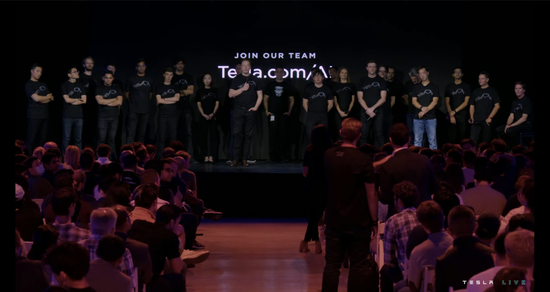
After all, this is a large-scale global Internet job fair for engineers in the field of artificial intelligence and robotics, which even Musk himself admitted that "the content is quite hard-core". If you don’t understand it well, it may be difficult to overcome all obstacles and eventually become an official Tesla employee.
FSD, no Beta
In the order of appearance, Tesla FSD (Full Self-Driving Capability) is at the waist of the entire "job fair", which is highly consistent with the status of this business in the entire Tesla company.
We all know that the humanoid robot with a strong sense of cyberpunk is a "virtual reality" specially constructed by Musk to support the company's market value, but FSD is Tesla's core means of fulfilling user imagination, completing technology landing, and realizing commercialization. . And, it's unavoidable.
At the Tesla shareholder meeting held on August 4 this year, Musk revealed that research on the FSD 10.13 version has been going on for a while, and engineers have made "some very important architectural improvements", such as improving the complex problem of left turns Wait. At present, FSD beta is undergoing a certain scale test in North America, and the cumulative driving mileage has exceeded 40 million miles, and it is expected to start a larger-scale test by the end of this year.
On AI Day 2022, Tesla announced a timetable for more specific numbers: the number of users participating in the FSD beta test in 2021 will be 2,000, and it will expand 80 times to 160,000 in 2022. These users have accumulated a total of 4.8 million pieces of data for Tesla, completed the training of 75,000 neural networks, and realized the change of 35 FSD versions. After AI Day, Tesla will release version 10.69.2.3 of FSD, which will be a "surprise everyone" update. Musk also reconfirmed the news that the FSD beta version will be deployed globally by the end of this year, But whether and when the regulatory authorities in various countries will approve, and to what extent the approval standards will be tightened, Musk did not disclose more.
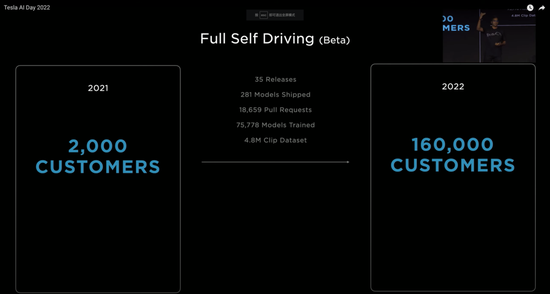
In terms of autonomous driving technology route selection, Tesla still does not look back on the road of "pure visual perception", which makes the previous rumors that Tesla may restart the lidar solution in the near future. However, it should be pointed out that the hardware foundation of the current pure visual route is HW 3.0. When the HW4.0 hardware arrives, whether Musk will take the initiative to stage the "law of true fragrance", no one can say.
Specifically, the approach of FSD beta is to use the automatic data annotation system that has been iterated for 4 times to make specific annotations on the actual road driving data that has been collected. This set of annotation language Tesla is used for internal use. optimization. Then "feed" the labeled data to the neural network, allowing them to complete self-training while swimming in the rich ocean of data. Finally, the trained neural network is deployed into the FSD to improve the driving assistance capability of the vehicle.
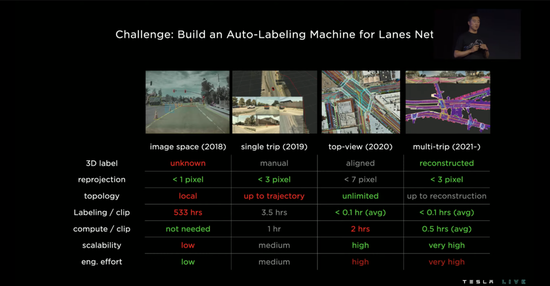
It sounds like the whole work chain is not complicated, but the actual problems that engineers need to solve are one after another.
During the whole process, the amount of data generated by the camera on the Tesla vehicle to perceive the surrounding environment and complete the video clip capture is very staggering. 100,000 GPU training hours and over 30 PB of video cache.
Therefore, the efficiency of data labeling is particularly important. Efficient data labeling can effectively improve the training efficiency of neural networks. Higher training efficiency of neural networks can generate many magics. Perception ability, I don't know how the new Chinese car-making forces who are rushing to let the lidar get on the car see this and how they feel.
Having said so many professional terms, how far has this FSD beta evolved? Let's take the epic problem of autonomous driving - unprotected left turn as an example to test the system's capabilities.
Unprotected left turn is one of the most difficult things that humans encounter in driving. Vehicles need to find a route with the highest degree of safety in complex traffic flows, markings, traffic signs, and pedestrians, and make it in a very short time. Make a decision and complete the left turn action. Even if you're experienced enough to drive, it's hard to be sure that vehicles coming from the right side of the lane you're joining won't collide and other emergencies.
Old human drivers will be horrified when faced with left turns, not to mention autonomous driving that is not so smart at this stage. Unprotected left turns pose extremely challenging environmental perception and real-time prediction for autonomous vehicles. Hardware such as GPS positioning systems, cameras, lidars, and millimeter-wave radars can solve environmental perception problems, but it is difficult for them to predict human drivers. Intention, whether the opposite is a polite driver or an aggressive driver, the machine has no way of knowing.
So Tesla's approach is to learn what humans do -- real-time perception, real-time computing. In the demonstration case, Tesla encountered a pedestrian walking a dog on a crosswalk while turning left, an oncoming vehicle joining the lane, and an oncoming vehicle joining the lane. The FSD beta predicts the behavior of different traffic participants. After that, several different driving strategies were given, and after comparing with the underlying big database, an optimal driving route was selected: that is, it was polite to pedestrians and dogs, and it avoided the right and rear vehicles, which was smooth and safe. Completed an unprotected left turn with more decisiveness than many human drivers.
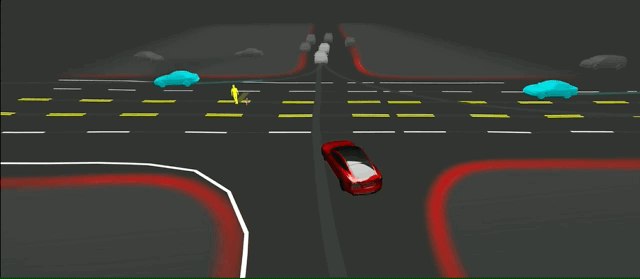
The evolution of the FSD beta would not have been so rapid if data collection was solely based on fleets on the road. Tesla also has a weapon called "Simulation System". Using this set of road scene generators, Tesla can deploy a set of road scenes in 5 minutes, just like you build a map in Warcraft. , pedestrians, intersections, piles, buckets, signal lights, markings, roadside parking spaces, trees, buildings and other details are readily available, which greatly improves the speed of data collection and broadens the breadth of data sources. The recurring corner cases can be built a second time in the "simulation system" and trained repeatedly until the neural network is firmly remembered and used.
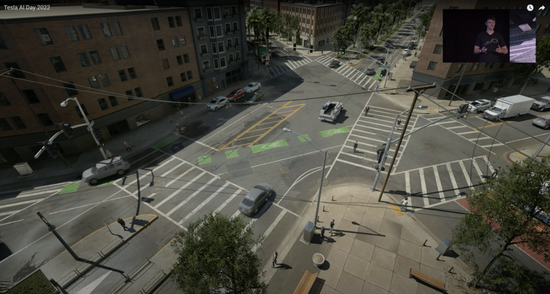
Therefore, we summarize: the existing capabilities of FSD beta are nourished by massive data. The data is mainly collected from two channels, the Tesla fleet in the real world and the simulation system in the virtual world.
Wait, is there something missing?
Super Dojo DOJO
In order to complete the real-time calculation and result output of massive data, Tesla needs a strong enough base, and DOJO, a powerful training computer, came into being.
On AI Day last year, Tesla showed off the training chip DOJO D1 and the cluster ExaPOD based on it. The DOJO D1 chip is manufactured based on TSMC's 7nm process and can achieve FP32 computing power of 22.6 TFLOPS with a thermal design power consumption of 400W. Tesla then sub-packages 25 D1 chips onto tailor-made base molds—training Tiles, and then encapsulates them using TSMC’s InFO_SoW system-on-wafer technology, each providing 9 petaflops Point operations and 36 TB/s of out-of-tile bandwidth.
Each training tile has a seven-layer structure, you can think of it as a thick sandwich, the first and fifth layers are water-cooled heat dissipation sandwiches, the second layer is 25 D1 chips, the third layer is the packaging substrate, and the third layer is the packaging substrate. The fourth and seventh layers are the load-bearing layers, and the sixth layer is the power module and the communication interconnection module.
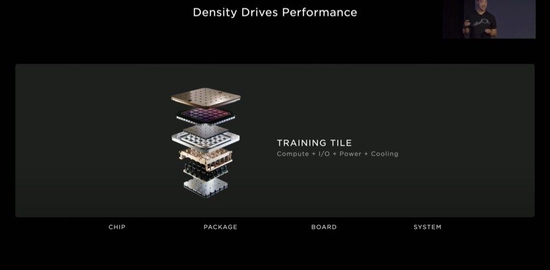
Subsequently, Tesla assembled 120 packaged training tiles into an ExaPOD supercomputer cluster, with a total of 3,000 D1 chips and a computing power of 1.1 EFLOPs, making it the fastest AI training computer in history. Even more frightening is that the next-generation DOJO chip will increase the performance by 10 times. Of course, the landing time is still unknown.
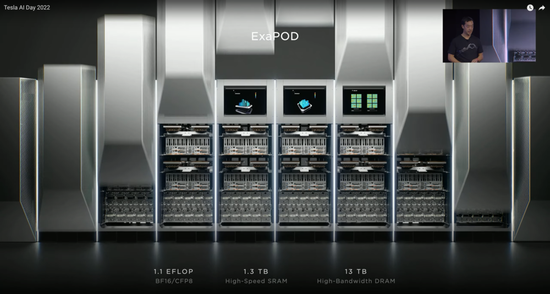
Most people, including the author, find it difficult to recognize these units and numbers in a short period of time. In order to facilitate understanding, you can think of DOJO as a super kill with no theoretical upper limit of computing power and infinite expansion. The premise is that there is enough space to accommodate the cabinet and sufficient funds.
According to Tesla's plan, the construction of the first DOJO ExaPod supercomputer cluster will be completed in California by 2023. It will dramatically increase Tesla's overall productivity, reducing a job that would take months to a week.
Robots more valuable than cars
Finally, let's take a look at the last of the three big jobs, and the one with the most public perception - the robot.
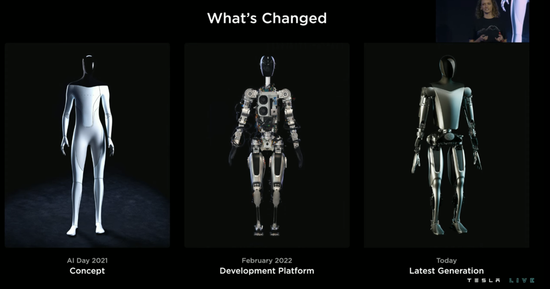
On AI Day 2021, Musk announced the prototype of the humanoid robot Tesla Bot, which is 1.72 meters tall and weighs 56.6 kilograms. A year later, the Tesla Bot became the Optimus prototype, a robot that can walk, wave, and dance autonomously.
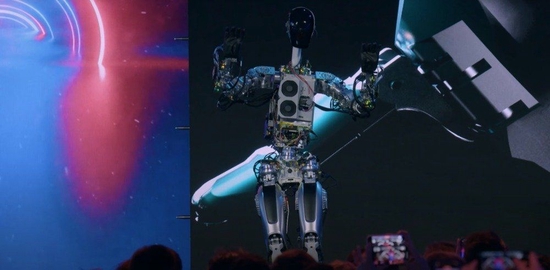
In addition to the aforementioned dazzling maneuvers, the Optimus prototype can carry cargo parts, glue plants, and move metal rods in an auto factory. The robot mainly relies on different colors to distinguish different objects in the real scene, so as to realize the fixed-point operation of precise objects. Tesla has not announced the specific color division rules, but it can be confirmed that this is a set of pure visual recognition scheme, which is exactly the same as FSD beta. .
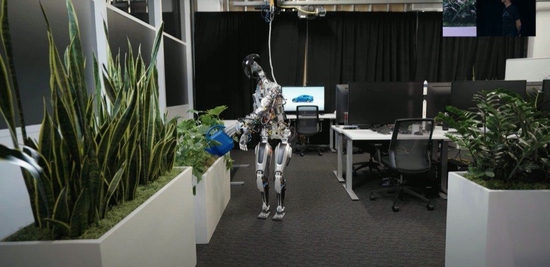
Musk believes that humans should focus more on mental work than physical work, and the Optimus humanoid robot appears to free humans from simple and heavy manual work. He estimates that the mass production of a humanoid robot will cost no more than $20,000, and spending this amount of money to "release" a human seems like a good deal.

According to the data, the static power of the Optimus humanoid robot is 100 W, the fast walking power is 500 W, the joint freedom exceeds 200 gears, and the hand supports 27 gear adjustments. It is indeed incomparable with the flexible hands of human beings, but it is more expensive in progress. The Optimus humanoid robot is equipped with a single FSD chip, with a computing power of 72 Tops and a battery capacity of 2.3 degrees. A full charge can theoretically run for a whole day.
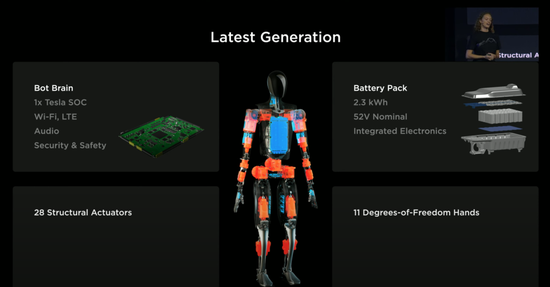
In the key ability of humanoid robots - grasping and manipulating physical objects, Tesla has put a lot of effort into Optimus. Through 6 execution units, the finger joints can move freely in 11 blocks, and the upper limit of the extracted weight is 9 kg. . Although this weight can only be regarded as a rookie training player in the gym, it is at least more in line with the human imagination of robots than the "dog-shaped sports object" that can only be on all fours.
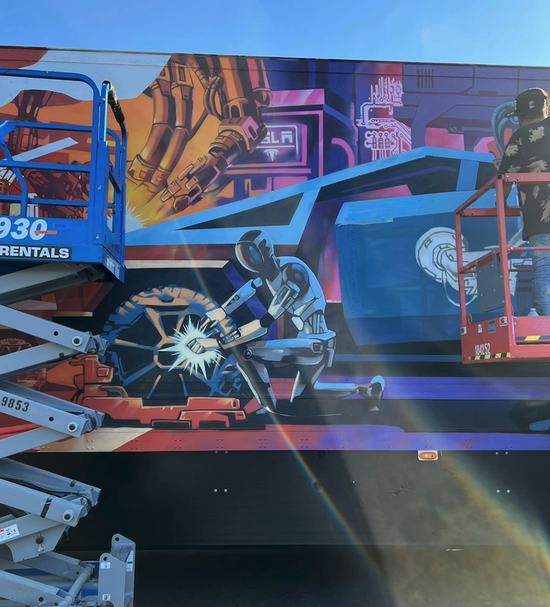
However, the real humanoid robot in Musk's mind is not as powerful and majestic as Optimus, and he has a full sense of distance.
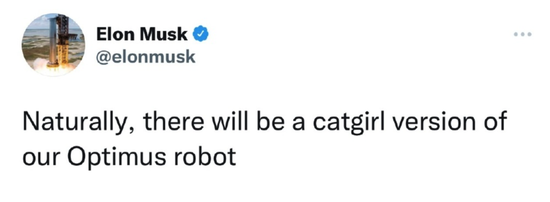
write at the end
Although Musk predicted the hard-core level of 2022 AI Day in advance, the hard-core level of the actual published content is still far beyond the imagination and cognitive boundaries of most people. How many resumes of the world's top artificial intelligence and robotics engineers will be received in the mailbox.
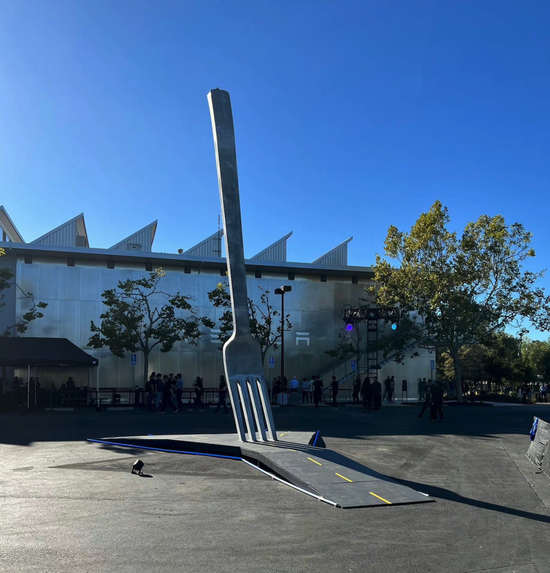
We may not have the courage to send a resume to Musk's mailbox, but this does not prevent us from listening to the seven life and workplace experiences given by 51-year-old Musk on the spot that are neither greasy nor preachy, more or less Can inspire us:
1. Join Tesla as soon as possible;
2. Make friends with smart people and approach smart people;
3. Read as much as possible;
4. If you have a good idea, you must grasp it tightly;
5. Don't drink when you do big things, such as building rockets;
6. After a major event is completed, such as the completion of the rocket, you can lie on the beach and have a drink;
7. Occasionally, just occasionally, stop and smell the flowers by the roadside.
Previous:Blood loss, layoffs, plummeting stock prices: Meta is becoming the Titanic of Silicon Valley
Next:Best ever fiasco to smart anal beads? Chess looms over cheating suspicions
related articles
Article Comments (0)
- This article has not received comments yet, hurry up and grab the first frame~






